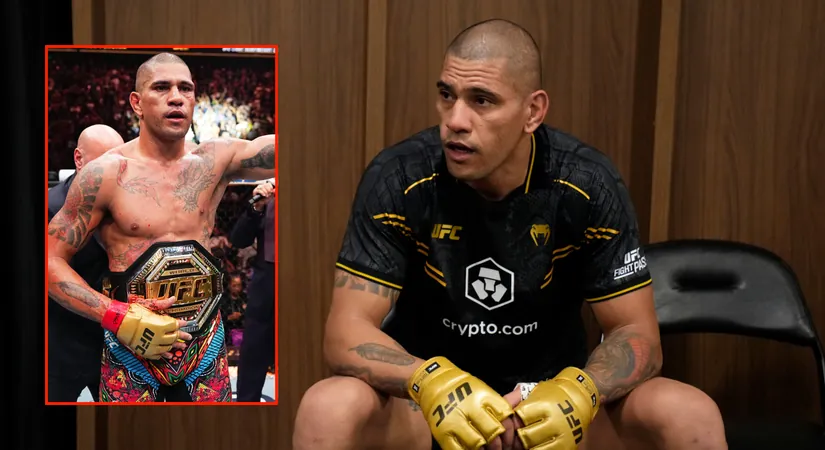
Joker: Folie à Deux - A Dark Musical Journey Through Madness
2024-10-03
In the highly anticipated sequel, *Joker: Folie à Deux*, directed by Todd Phillips and co-written with Scott Silver, audiences return to the twisted world of Arthur Fleck, once again portrayed with haunting depth by Joaquin Phoenix. Joining Phoenix is the talented Lady Gaga, who takes on the role of Harleen "Lee" Quinzel, alongside Brendon Gleeson and Catherine Keener. Spanning an intense 139 minutes and rated R, the film walks a fine line between psychological drama and musical, leaving viewers both entertained and contemplative.
Five years have passed since Phillips first introduced us to Fleck's tragic backstory, which ultimately transformed him into the iconic Joker, a portrayal that resonated with audiences worldwide, earning over a billion dollars and granting Phoenix an Academy Award. The original film stirred up controversy over its sympathetic portrayal of the Joker, leading to debates about mental illness and violence, themes that *Joker: Folie à Deux* explores further but with a musical twist.
As the story opens, we find Fleck confined within the oppressive walls of Arkham Asylum, in cell E258. The film's unique animated prologue sets a whimsical yet dark tone, reflecting on Fleck's dual identity and his impending trial, which will ultimately determine if he is a monster or a martyr. His lawyer, skilled and empathetic, argues that Fleck's troubled past—marked by childhood trauma—shaped him into the desolate figure he is today, struggling against a society that has repeatedly failed him.
A notable aspect of the film is the dynamic between Fleck and Lee, portrayed by Gaga. Although her character hints at the infamous Harley Quinn, her role is somewhat limited and serves primarily to tease Fleck into embracing his Joker persona. The romantic undertones evolve throughout their musical escapades, where they explore themes of loneliness and acceptance through song. Musical numbers span iconic hits from Stevie Wonder to the Bee Gees, adding a surreal layer that both enchants and confounds.
However, not every musical choice lands successfully. While some moments sparkle with creativity, others might leave audiences feeling restless, particularly as mentions of song choices evoke a sentiment that contrasts sharply with Fleck's reality.
Visually, the film is a feast for the senses, featuring striking imagery such as a burst of colored umbrellas against Arkham’s grim backdrop and expertly lit scenes that highlight the emotional gravity of Fleck's story. Yet, despite these artistic flourishes, the film struggles to maintain a cohesive narrative, oscillating between deep philosophical inquiries and moments intended for levity.
Fans dressed as Joker and Harley Quinn filled the screening, eager for a narrative that would showcase their shared chaos. Instead, they witnessed a darker and introspective journey that, while rich with ambition and talent, ultimately leaves them yearning for a more fulfilling connection between the two icons of madness.
In conclusion, *Joker: Folie à Deux* is an ambitious exploration of identity and mental health but suffers from pacing and storytelling missteps that may not resonate with all audiences. As Phillips attempts to delve deeper into the psyche of his characters, the narrative feels simultaneously overstuffed and underwhelming. Perhaps the true weight of the story is in the lingering question: Who is truly laughing when the audience leaves the theater? The joke, it seems, might just be on us.









 Brasil (PT)
Brasil (PT)
 Canada (EN)
Canada (EN)
 Chile (ES)
Chile (ES)
 España (ES)
España (ES)
 France (FR)
France (FR)
 Hong Kong (EN)
Hong Kong (EN)
 Italia (IT)
Italia (IT)
 日本 (JA)
日本 (JA)
 Magyarország (HU)
Magyarország (HU)
 Norge (NO)
Norge (NO)
 Polska (PL)
Polska (PL)
 Schweiz (DE)
Schweiz (DE)
 Singapore (EN)
Singapore (EN)
 Sverige (SV)
Sverige (SV)
 Suomi (FI)
Suomi (FI)
 Türkiye (TR)
Türkiye (TR)